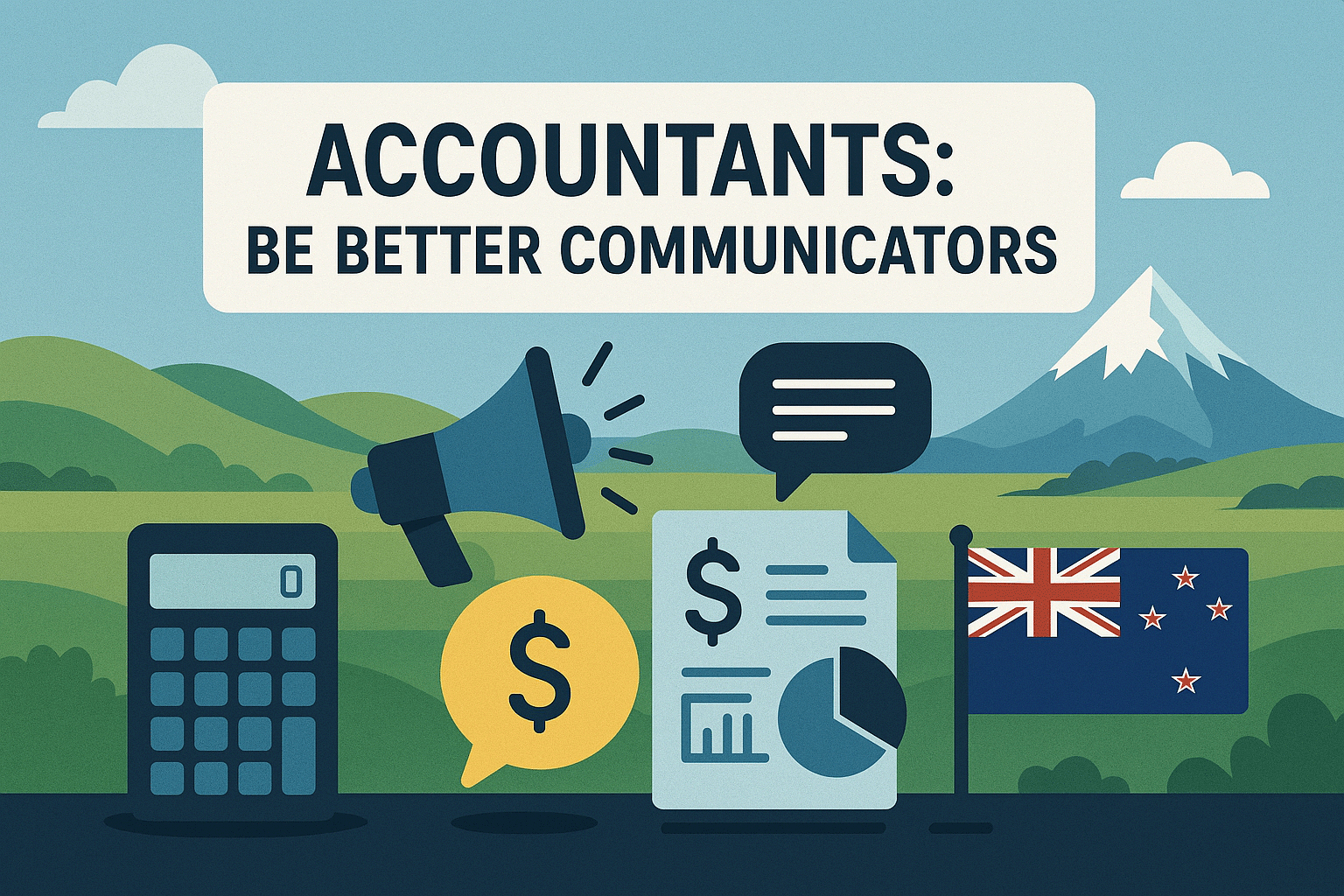
Let’s face it—accountants aren’t always known for their storytelling. But in today’s world, where AI is doing more of the ‘doing,’ our value lies in how well we communicate the ‘so what.’ This article is for those of us who’ve ever stared at a report and thought, “I know the numbers are right, but why doesn’t this land with the Board?”
1. Move Beyond the Month-End Grind
Month-end isn’t the enemy—it’s a window into organisational success. But if all we’re doing is reconciling numbers and ticking compliance boxes, we’re missing the point. The real value comes when we break the cycle and create time for insights. That means automating where we can, streamlining processes, and carving out space to think strategically.
2. Build Your Reviewer Muscles
AI can draft, but it can’t review with intuition. Great reviewers have business intuition, numerical storytelling skills, critical thinking, and context awareness. They don’t just ask ‘Is this right?’—they ask ‘Does this make sense?’
How to become the person who can spot a dodgy number? Two common methods are starting from a high-level overview and drilling down into details or beginning with detailed data and building up to a broader perspective. Each approach has unique advantages and can be strategically employed depending on the situation.
🔍 High-Level to Detailed Review: Starting with a high-level overview allows you to quickly identify major trends and variances. This approach is efficient for spotting significant issues or opportunities that warrant deeper investigation.
🔬 Detailed to High-Level Review: Conversely, beginning with a detailed analysis ensures that no stone is left unturned. This method is beneficial for uncovering subtle discrepancies and understanding the root causes of variances. It’s a thorough approach that provides a solid foundation for making informed decisions and crafting strategic plans.
✨ Is One Method Better? The reality is that the devil is always in the details. It is a personal preference whether you start with the details and move to the high-level review or vice versa. What you can never do is get away with just a high-level review and not dive into the details.
💡 Top Tip? What I aim to do is provide a concise yet detailed reconciliation of each key area under review. So, numerically, be able to explain the variances between the budget and forecast. Not just words explaining why we are off the budget or reconciling each explanation to the dollar value of the movement. Then, I will check to make sure the logic of my explanation makes sense. Then I know I’ve understood the details but can discuss them at a high level.
3. Create Insights, Not Just Reports
An insight isn’t just a variance explanation. It’s actionable, contextualised, trend-focused, and forward-looking.
Ask yourself: What changed this month? What patterns are emerging? What should stakeholders do next? If your commentary doesn’t answer these, it’s just noise.
4. Tell the Full Story
A key part of good business partnering is storytelling. Some key ideas to keep in mind: –
- Mind map out your story before you write the month-end or other commentary.
- Write down the story – and think about it – let it develop.
- Create space in your calendar to think about the story.
- Can you carry the key elements of the story around in your head?
- Can you keep the explanation simple – would your explanation make sense to someone not deeply in the numbers?
Once you have a story, it is important to spend time on how you will tell it. When people find this difficult, it is often because they are missing a key element of the story
- What is the organisational historical performance (compared to)?
- What is the forecast or estimate of future performance?
- What needs to happen to achieve this estimate?
Too often, we forget the final piece: what needs to happen next. Historical performance and forecasts are important, but the real magic is in the action. What levers can we pull? What decisions need to be made? That’s where finance becomes strategic.

5. Communicate Like a Human (Not a Spreadsheet)
Dry, descriptive commentary doesn’t cut it.
Is your financial commentary Dry and Dull…or does it paint a picture?
I took this photo on a visit to Victoria earlier this year. I asked AI to describe the photo to me…
Here is the Dull and Dry Description….
The picture shows several dead branches scattered across a field. The sky above is clear with a few visible clouds. The field around the branches is flat and appears covered with dry mud and grass. There is nothing else in the picture.
An awful lot of financial commentary is not much more exciting than this description. It explains the obvious to the reader. I like to call this commentary ‘commenting on the weather’.
AI’s Vibrant and Exciting Description was perhaps a bit over the top…
In the heart of a vast, emerald field lies a collection of dead branches, each one telling a story of time gone by. The azure sky above stretches infinitely, with wispy clouds, casting a pure, golden light upon the scene. The verdant grass dances gently in the breeze, giving a stark contrast to the lifeless branches. Despite the sombre sight, the landscape emanates a serene tranquillity, inviting all who behold it to pause and reflect on the beauty of nature’s cycles. The scene is a breathtaking tableau of life and stillness, a perfect harmony of earth and sky.
Your financial commentary doesn’t need to be this gushy.
It should be somewhere in between. A few tips: –
💡Talk not just about the result, but why it is important and what needs to be done. Explain more than the obvious. What does the business need to do as a consequence of this month’s result?
💡 Work out what you want to tell the reader before writing – get the story right in your head.
💡If you are explaining commentary, work out what you will say before you speak. How will you hold everyone’s attention? Avoid gushy words but provide signposts along the way. For example, “there are three important trends in this month’s results. The first trend is….”.
💡Keep the language simple and clear – avoid too many technical terms like accruals, provisions etc.
Writing well is a key skill for accountants. Much of it comes down to word choice.
When I was a junior accountant at Deloitte, I hated when tax partners rewrote my client letters—especially when they swapped one word for another. Now, I find myself doing the same with Board reports.
Why? Because wording matters. Which sounds better in a Board report?
👀 We missed the budgeted revenue target by 12%.
👀 The business did not meet its monthly revenue forecast, with actuals landing 12% below budget.
👀 Revenue for July fell short of the budgeted target by 12%.
👀 Actual revenue was $115K, against a budget of $130K. The 12% variance is attributed to…
Saying ‘we missed budget’ is like saying ‘I missed the bus.’ It doesn’t inspire confidence.
“Landing” feels like air travel, not finance. “Fell short” doesn’t land well with me either 😉.
Instead, be specific and factual: ‘Actual revenue was $115K, against a budget of $130K. The 12% variance is attributed to…’
Word choice matters. It’s the difference between sounding like a professional and sounding like a passenger.
Final Thoughts
Being a better communicator isn’t about using fancy words—it’s about clarity, context, and confidence. Own your voice. Choose your words carefully. And remember: the numbers don’t speak for themselves—you do.
Want to learn more about delivering messages well?
Join our next Strategic Finance Course